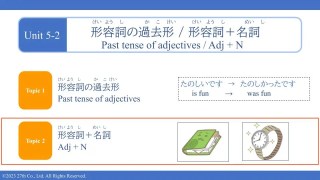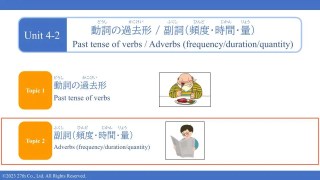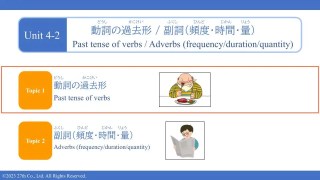 level1 (N5)
level1 (N5)How to Use Adjectives with Nouns in Japanese | Adj + Noun Pattern for Beginners
Learn how to use Japanese adjectives with nouns using the Adj + Noun pattern. Understand the difference between i-adjectives and na-adjectives, and how to say phrases like “a fun party” or “a quiet room” in natural Japanese.









